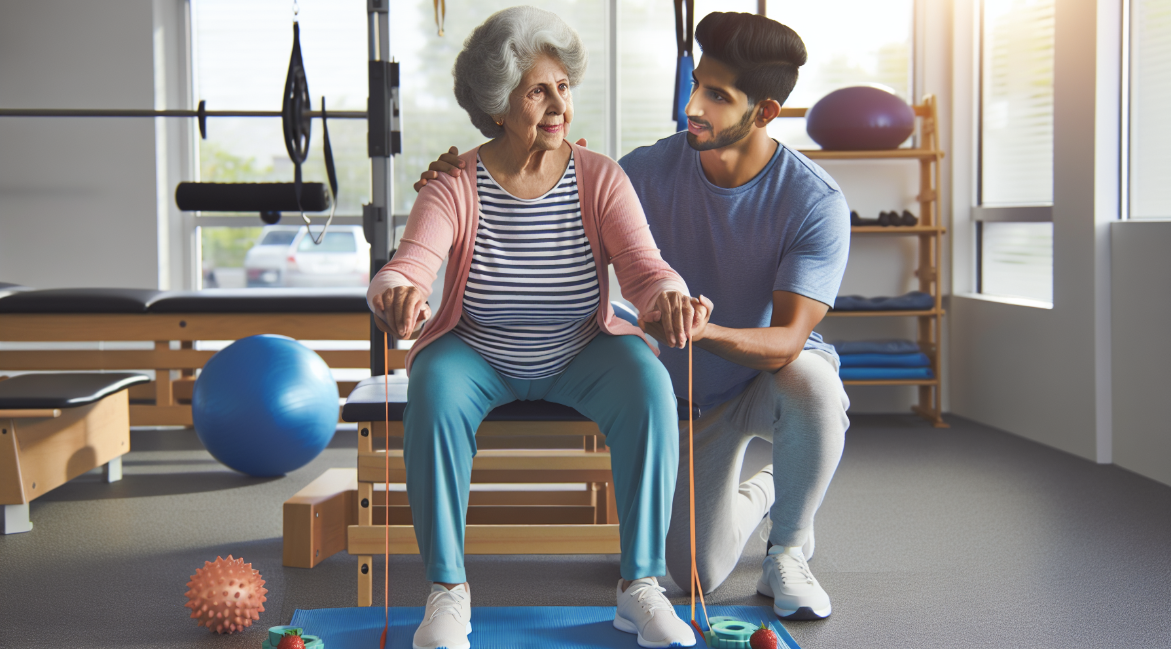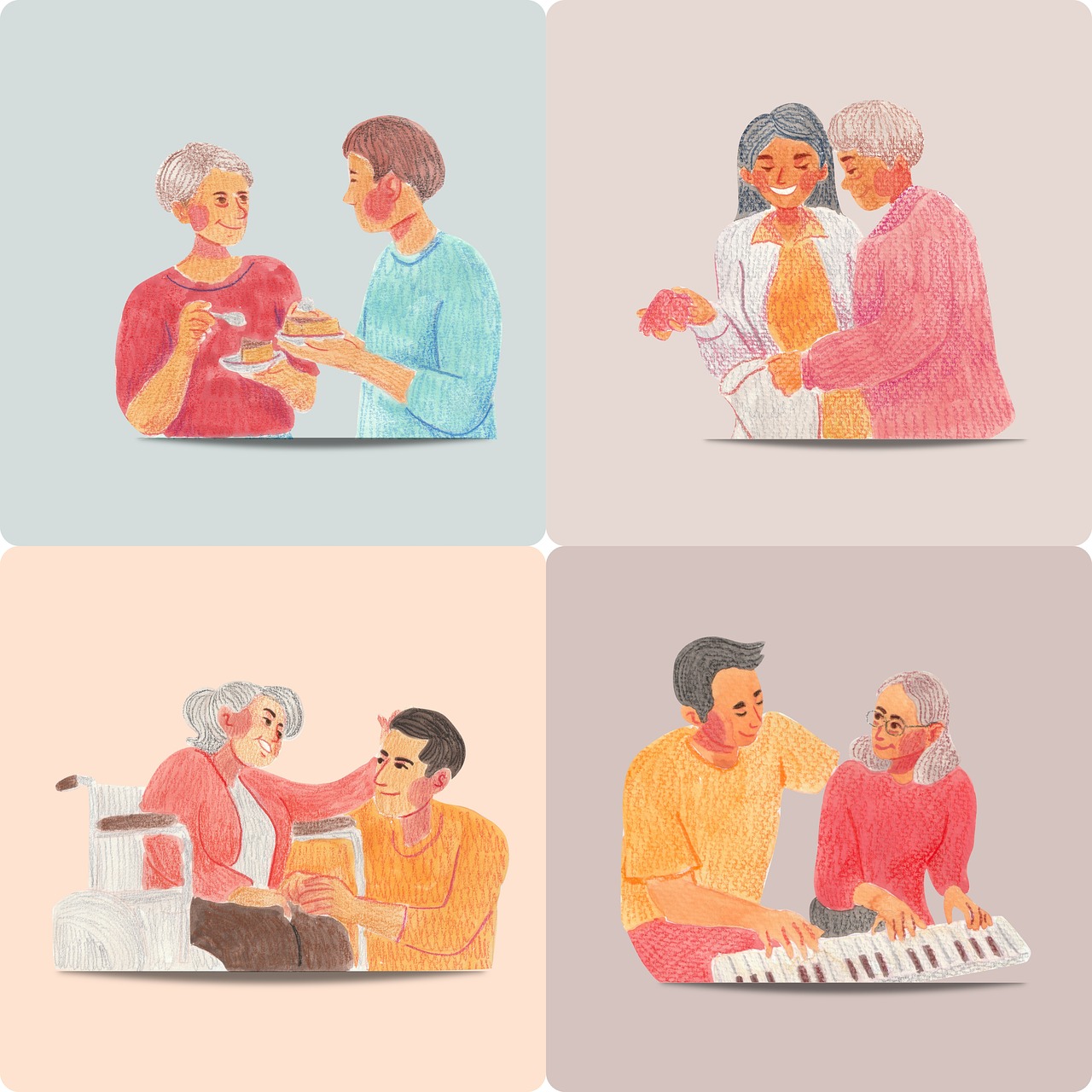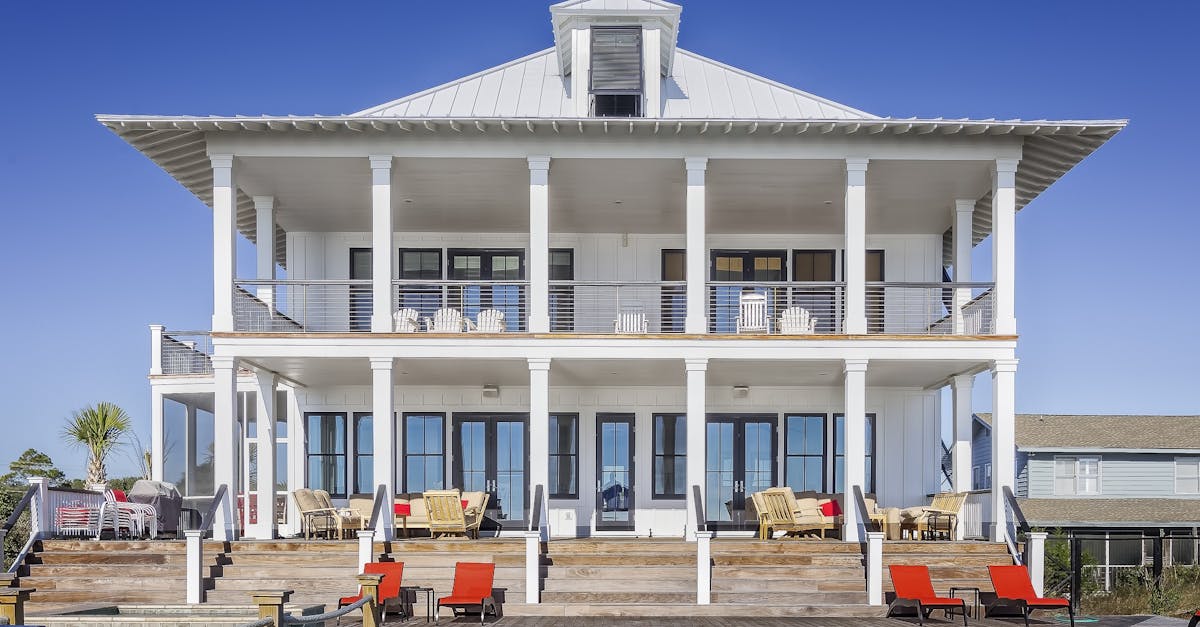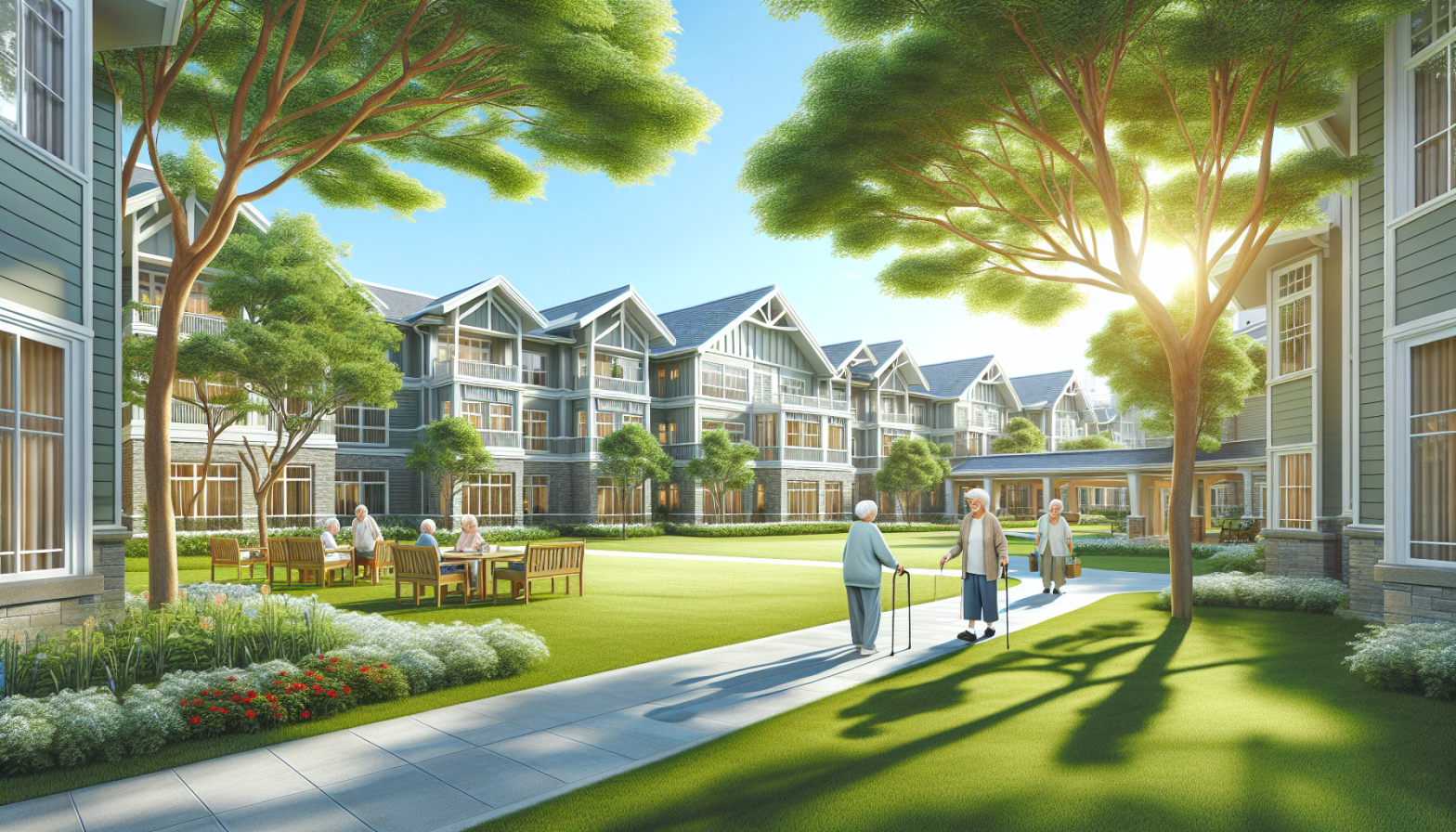Speak to a local care advisor at Assisted Living Locators by calling (888)-267-4741.
Learn about Assisted Living, Senior Living, Memory Care, and In-home care options.
Falls present a considerable challenge for the elderly, with nearly one in three older adults aged 65 and above experiencing a fall each year, leading to significant health consequences including 34,000 deaths in 2019 alone. Beyond the immediate risks, falls underscore a critical issue in elderly care, emphasizing the need for focused fall prevention strategies due to the physical changes and health conditions that increase the likelihood of falls in this age group. The data points toward a pressing need for interventions addressing fall risks among older adults, integrating practices from physical therapy, muscle strength enhancement, and balance exercises, to the use of assistive devices and environmental modifications for injury prevention and ensuring safer living conditions for seniors.
Effective fall prevention goes beyond mere caution, requiring a comprehensive approach that includes regular medical reviews to assess fall risks, tailored exercise programs developed by occupational therapists to enhance physical activity, and intelligent modifications in the living environment such as installing grab bars and using sensible shoes. Emphasizing education on fall safety tips and the importance of medical alert devices, these strategies aim to empower older adults to maintain their independence while minimizing fall risks. This focused approach aligns with broader fall prevention strategies, underscoring the importance of multidisciplinary efforts in reducing fall risks and enhancing quality of life for older adults.
Understanding Fall Risks in Seniors
Understanding the multifaceted nature of fall risks in seniors is critical for developing effective prevention strategies. Here, we delve into the various factors contributing to increased fall risks, highlighting the importance of a holistic approach to fall prevention.
Health Conditions and Medications:
- Age-related conditions such as sarcopenia (loss of muscle mass), balance and gait problems, and postural hypotension significantly elevate fall risks.
- Medications can have side effects like dizziness or confusion, especially psychoactive drugs, or those for depression, sleep issues, and blood pressure management.
- Chronic diseases including diabetes, heart disease, and thyroid issues, along with conditions that prompt hurried movements, like incontinence, add to the complexity of managing fall risks.
Environmental and Personal Factors:
- Home hazards such as poor lighting, loose rugs, and clutter contribute to falls.
- Personal factors like improper footwear, vision and hearing impairments, and a lack of physical activity weaken physical condition and awareness.
Intrinsic vs. Extrinsic Risk Factors:
- Intrinsic factors encompass age, medical conditions, and lifestyle choices, impacting an individual’s susceptibility to falls.
- Extrinsic factors involve external elements like lighting and flooring conditions, which can be modified for safety.
Addressing these risks requires a collaborative effort between seniors, healthcare providers, and caregivers, focusing on both health management and environmental adjustments to significantly reduce fall occurrences.
Effective Strategies for Fall Prevention
Effective strategies for fall prevention in the elderly encompass a multifaceted approach, integrating daily habits, environmental modifications, and physical activities designed to minimize fall risks. These strategies are crucial for maintaining independence and ensuring safety within the living spaces of older adults.
- Daily Habits and Personal Care:
- Wear properly fitting, sturdy, flat shoes with nonskid soles to prevent slips.
- Keep moving with activities like walking, water workouts, or tai chi to improve strength, balance, coordination, and flexibility.
- Immediately clean spilled liquids, grease, or food to avoid slippery surfaces.
- Home Safety Modifications:
- Remove tripping hazards such as boxes, newspapers, electrical cords, and phone cords from walkways.
- Use nonslip mats in the bathtub or shower and install grab bars for additional support.
- Ensure homes are brightly lit, placing night lights in bedrooms, bathrooms, and hallways to prevent falls during the night.
- Physical Activity and Healthcare Engagement:
- Engage in exercise programs focusing on balance and strength training, such as sit-to-stand exercises and balance exercise series.
- Make an appointment with a healthcare provider to discuss fall risks and strategies, including reviewing medications that may impact balance.
- Utilize assistive devices like canes or walkers as needed for additional support while moving around.
The Role of Exercise in Preventing Falls
Engaging in regular physical activity is paramount for older adults to enhance muscle strength, balance, coordination, and flexibility, all of which are critical in reducing fall risks. A variety of exercises are recommended, including:
- Walking and Water Workouts: These activities improve cardiovascular health and strengthen the lower body, crucial for maintaining balance.
- Tai Chi: Known for its gentle movements, tai chi significantly enhances postural stability, arguably more than other exercises, making it an ideal practice for fall prevention.
- Sit-to-Stand Exercises: These exercises are designed to build leg strength, crucial for getting up from a seated position without assistance, thereby improving body mechanics and balance.
- Balance Exercises: Focusing on improving stability, these exercises can range from simple standing on one foot to more complex movements, depending on the individual’s capability.
Consultation with healthcare providers is essential before starting any new exercise regimen, especially for individuals with existing health conditions. Regular exercise, including tailored balance and strength training, has been identified as the most effective method for decreasing fall rates among adults aged 65 and older living independently. This proactive approach not only prevents falls but also contributes to the overall well-being and independence of older adults, underscoring the importance of physical activity in fall prevention strategies.
The Importance of Regular Medical Reviews
Regular medical reviews play a pivotal role in reducing fall risks among older adults, serving as a preventive strategy to identify and manage factors contributing to falls. These reviews encompass a comprehensive approach, including:
- Sensory Assessments:
- Regularly check your eyesight and hearing to ensure sensory impairments do not contribute to the risk of falls.
- Fall Risk Assessments:
- Annual screenings for all adults aged 65 years and older, as recommended by the American Geriatrics Society and British Geriatrics Society (AGS/BGS), are crucial. These assessments should be part of the Welcome to Medicare examination and follow the US Centers for Disease Control and Prevention (CDC) algorithm for tailored interventions.
- Health Check-ups and Medication Reviews:
- Regular health check-ups allow for the early detection of potential health issues, effective management of chronic conditions, and assessment of mental health concerns.
- Medication reviews are essential to manage prescriptions that may increase fall risks, ensuring medications are effective without causing adverse effects that could lead to falls.
By incorporating these elements into a regular healthcare routine, older adults can significantly reduce their fall risk, ensuring a safer and more independent lifestyle.
Environmental Modifications for a Safer Home
Environmental modifications are a cornerstone in reducing fall risks for the elderly, ensuring their homes are both comfortable and secure. The primary objective is to create a living space that minimizes hazards while promoting independence through the use of assistive devices and strategic alterations. Here’s a breakdown of essential modifications by area:
Stairs and Walkways
- Handrails: Install on both sides of stairs, ensuring they are secure.
- Lighting: Use motion-activated lights in stairwells and pathways.
- Flooring: Apply no-slip strips on tile and wooden floors and avoid throw rugs.
- Clutter: Keep areas clear of books, papers, clothes, or shoes.
Bathroom Safety
- Grab Bars: Install near toilets and inside/outside of the tub and shower.
- Floor Surfaces: Place nonskid mats or carpet on wet surfaces.
- Night Lighting: Install a night light or leave a light on in the bathroom.
Kitchen and General Living Areas
- Accessibility: Keep frequently used items within easy reach and avoid using slippery floor polish.
- Furniture Arrangement: Arrange to ensure clear walking paths.
- Emergency Preparedness: Have a list of emergency numbers in large print and a flashlight by the bed.
By implementing these targeted modifications, the risk of falls can be significantly reduced, fostering a safer living environment for older adults.
Empowering Seniors Through Education and Support
Empowering seniors through education and support involves a multi-pronged approach that focuses on lifestyle adjustments, community programs, and practical strategies to enhance safety and reduce fall risks. Here are key components of this approach:
- Lifestyle Adjustments for Fall Prevention:
- Healthy Living: Encourage maintaining a healthy lifestyle by getting adequate sleep, limiting alcohol intake, and standing up slowly to prevent drops in blood pressure, which are simple yet effective measures to reduce fall risks.
- Bone Health: Stress the importance of maintaining bone health through diet, supplements, and physical activity to prevent serious injuries in case of a fall.
- Community and Online Resources:
- The CDC offers valuable resources like the “Keep on Your Feet—CDC Older Adult Falls Feature Article,” “MyMobility Plan,” and “Medicines Risk: Are Your Medicines Increasing Your Risk of a Fall or Car Crash?” These materials provide critical information and strategies for fall prevention.
- Structured Programs to Reduce Fall Risks:
- A Matter of Balance and Stepping On: Focus on reducing the fear of falling and increasing activity levels through practical strategies and community engagement.
- Bingocize® and Enhance Fitness: Combine fun activities with exercise and health education to improve functional fitness and social engagement.
- CAPABLE: A home-delivered program aimed at improving safe mobility and daily functional tasks, significantly decreasing fall risk.
By integrating these strategies, older adults can significantly enhance their safety, reduce fall risks, and maintain their independence.
Conclusion
Through the examination of diverse strategies and interventions, this article has underscored the critical nature of fall prevention among the elderly, highlighting the importance of a multifaceted approach to safeguarding this vulnerable population. From the essential role of regular physical activity and environmental modifications to the necessity of regular medical reviews and the empowerment of seniors through education, we have navigated the wide spectrum of measures essential for minimizing fall risks. These concerted efforts not only aim to preserve the health and independence of older adults but also serve to significantly enhance their quality of life.
As society continues to grapple with the challenges posed by an aging population, the collaborative pursuit of effective fall prevention strategies emerges as a key imperative. By embracing a comprehensive approach that involves healthcare professionals, caregivers, and the seniors themselves, we can forge a path towards a safer, more secure living environment for the elderly. The commitment to reducing fall risks not only underscores our collective responsibility to protect our aging population but also highlights the profound impact such interventions have on promoting a life of dignity and autonomy for seniors.
FAQs
What are the most effective methods to lower the risk of falls for older adults?
Engaging in activities approved by a healthcare provider, such as walking, water exercises, or tai chi, can significantly decrease the risk of falls among the elderly. These activities enhance strength, balance, coordination, and flexibility, making them highly effective for fall prevention.
How can falls be prevented among the elderly at home?
To prevent falls at home, it’s crucial to use non-slip mats and rugs, ensure all areas including rooms, passages, and staircases are well-lit, organize the living space to minimize the need for climbing, stretching, and bending, and seek assistance for tasks that cannot be done safely independently.
What is the top recommendation for preventing falls in older individuals?
The primary recommendation for preventing falls in the elderly involves minimizing home hazards such as clutter, inadequate lighting, and unguarded stairs. Implementing these measures can reduce fall rates by 26% among older adults, with a more significant reduction of 38% in those at higher risk due to recent hospitalization or a history of falls.
What steps can be taken to help prevent falls in older people?
Preventing falls in older adults involves a combination of measures including regular exercise, proper management of medications, regular vision checks, and making the home environment safer. These steps can significantly reduce the likelihood of falls and related complications as one ages.












